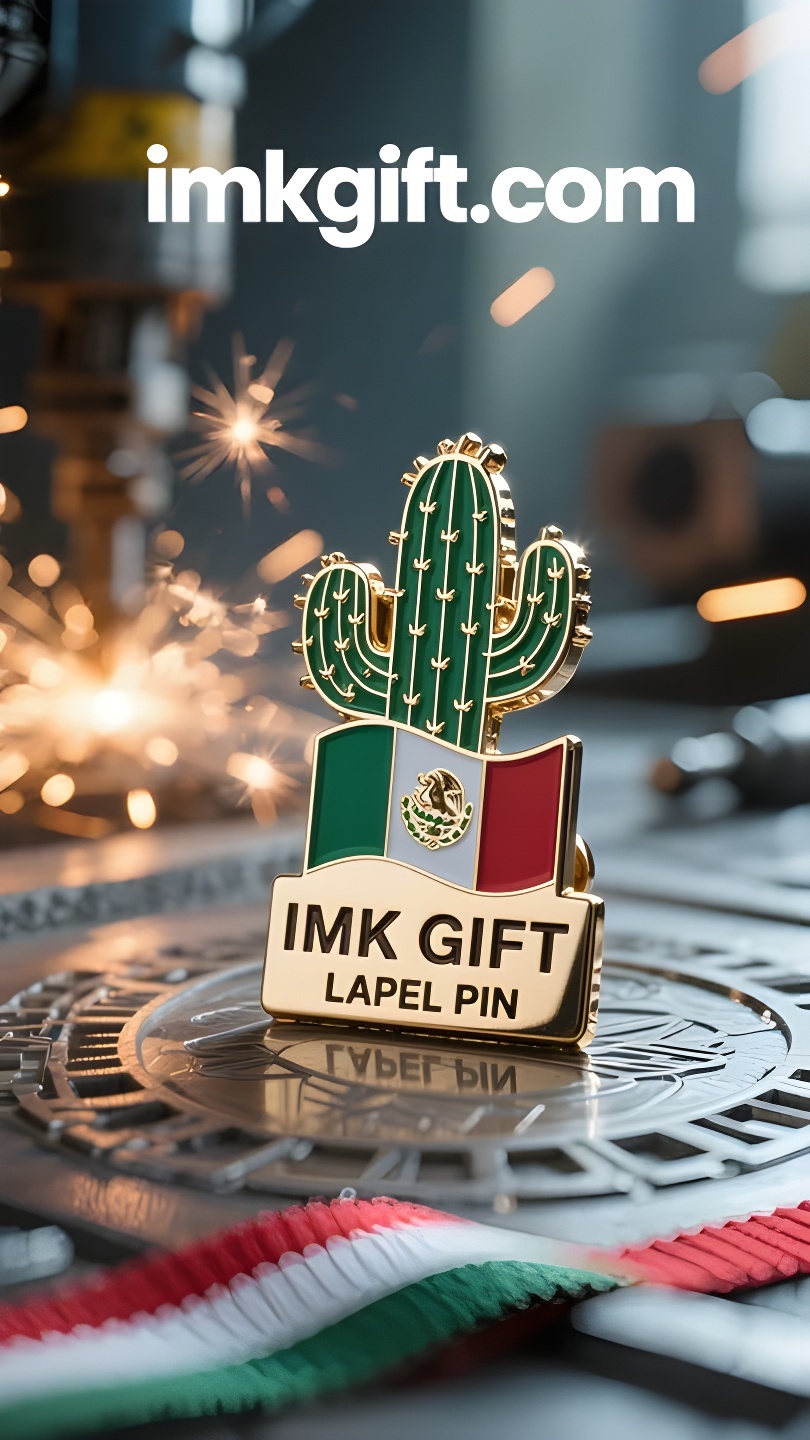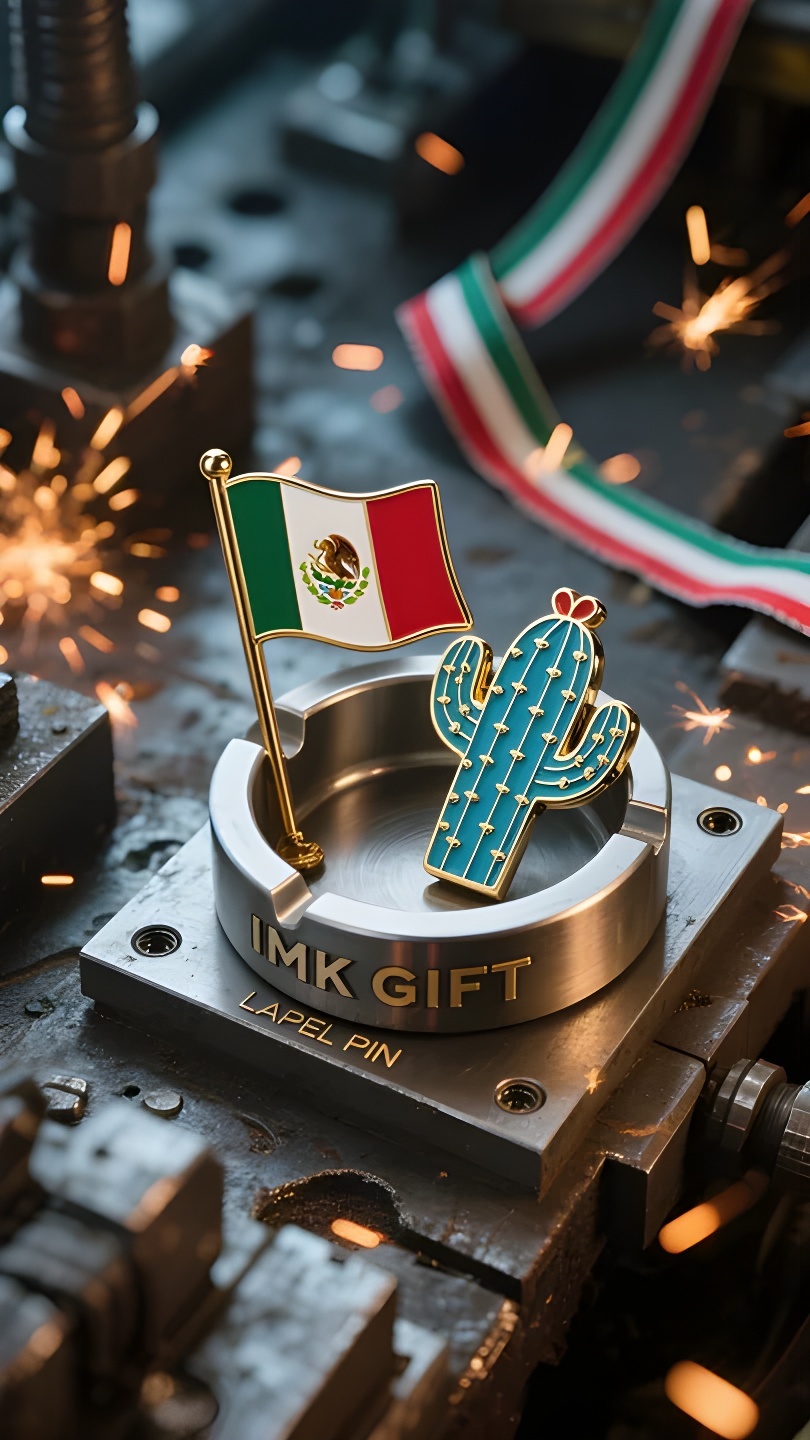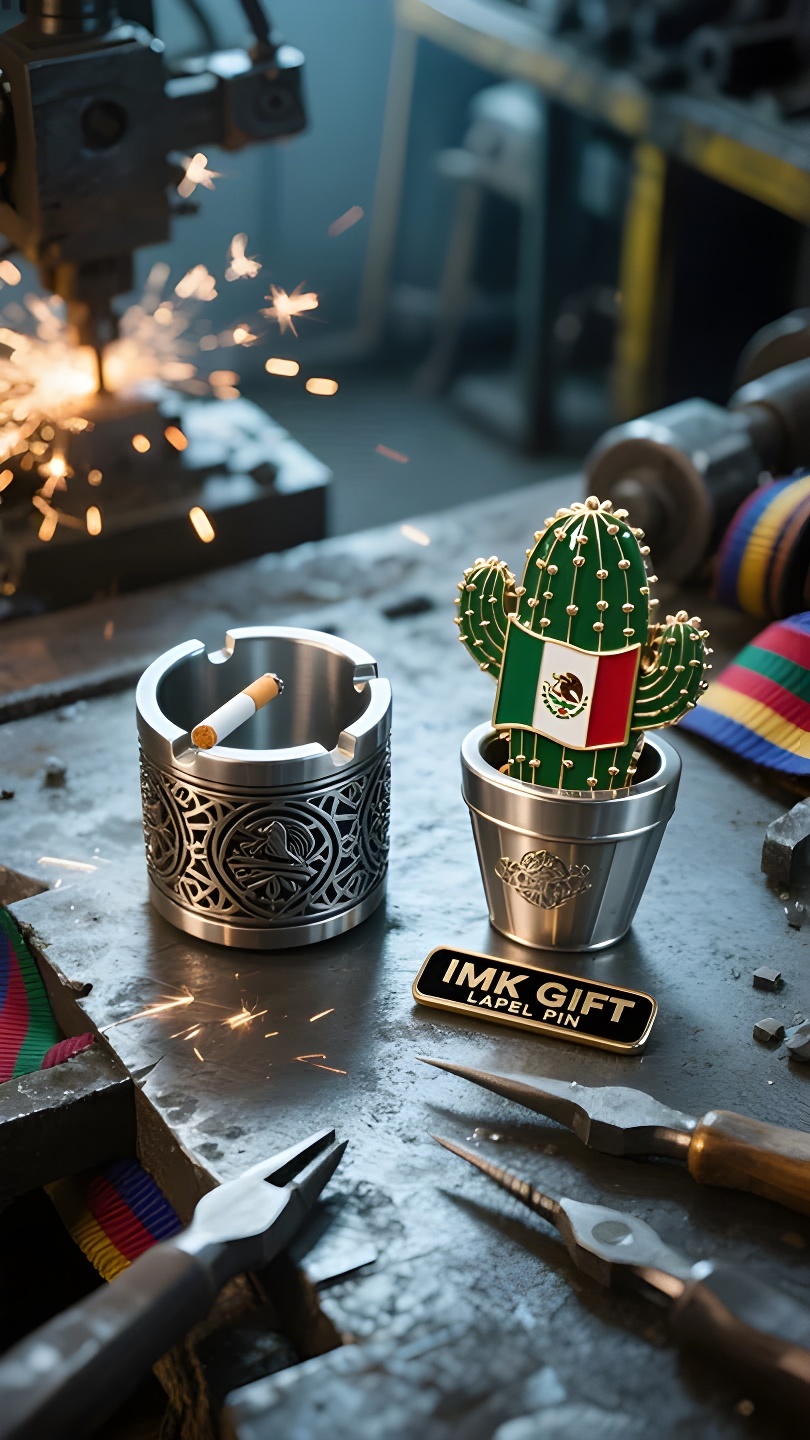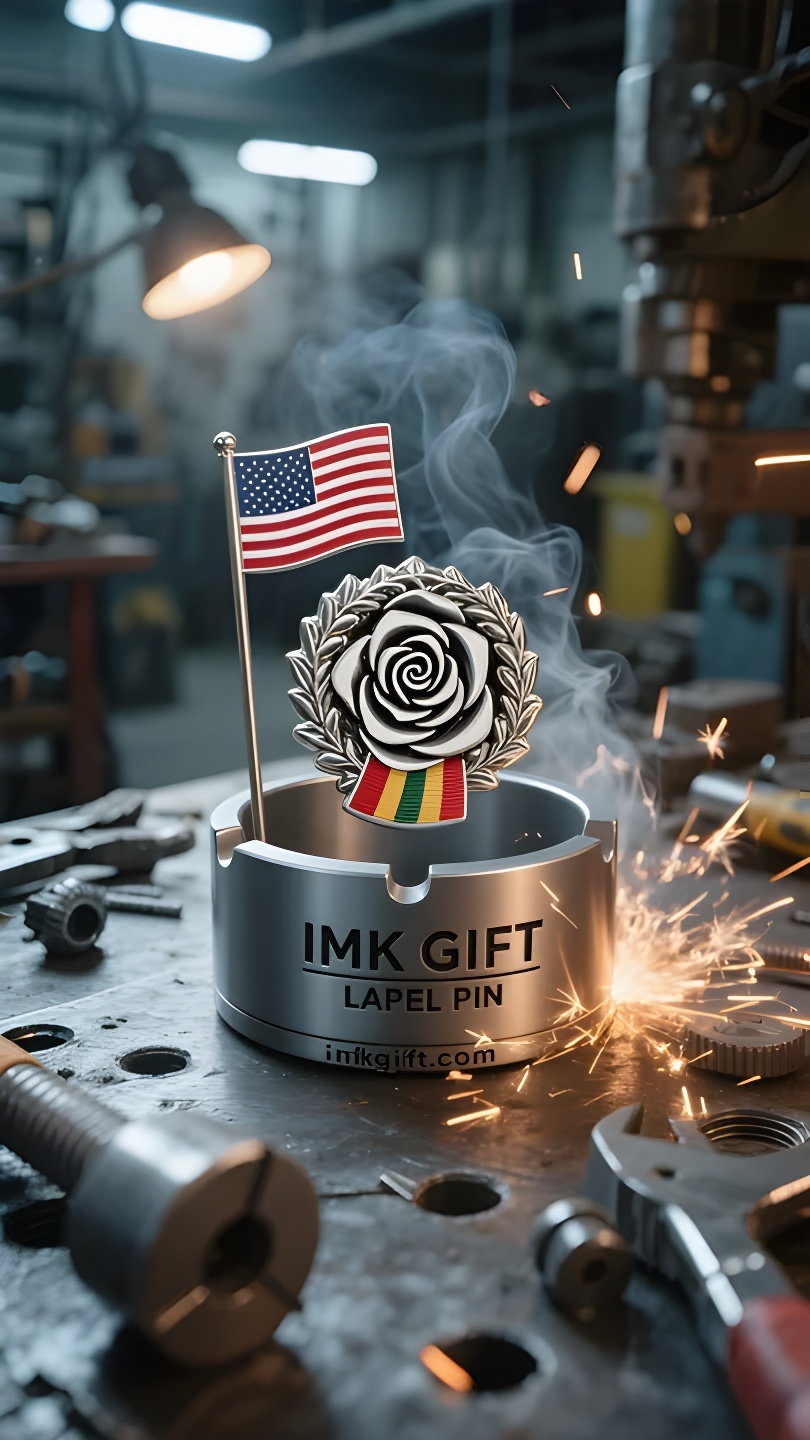in991-Flores-de-espinas-que-brotan-de-las-cenizas-la-eterna-iluminación-del-espíritu-mexicano
▼
Cada septiembre, la bandera nacional verde, blanca y roja que ondea en la Plaza de la Constitución de la Ciudad de México siempre crea un eco maravilloso con los ceniceros de cobre hechos de cactus que se venden junto a la plaza. Estas artesanías, basadas en el tótem del emblema nacional, conllevan un código de civilización más profundo que la decoración. El águila que picotea el patrón de serpiente en el centro de la bandera mexicana se originó en la antigua profecía de los aztecas que buscaban un lugar para construir una ciudad: el milagro que florece en el cactus simboliza la sabiduría de crear vida en la esterilidad. El ingenio de los artesanos populares para convertir cactus en ceniceros coincide con la interpretación única de esta nación de las “cenizas”: cuando las cenizas caen en el recipiente de cobre del cactus, cubierto de espinas, es como transformar la frustración y el dolor de la vida en nutrientes que nutren la tenacidad. Esta filosofía de yuxtaponer “residuos destructivos” con “portadores de vitalidad” recorre el proceso histórico de México. Desde el trauma de la época colonial hasta la conmoción de la sociedad moderna, los mexicanos siempre han practicado la sabiduría de supervivencia de los cactus: usar sus troncos defensivos para albergar esperanza y dejar que las brasas, tras cada quema, se conviertan en nutrientes para el renacimiento. Al igual que las cenizas depositadas en el cenicero de cactus, con el tiempo brotarán nuevas plantas con las nuevas semillas por la mañana. Cuando la bandera nacional ondea al viento del Día de la Independencia, esos ceniceros de cactus sobre el escritorio dicen en silencio una verdad: a los verdaderos fuertes nunca les importa si la tierra ha sido lamida por las llamas, solo les importa cómo plantar un manantial espinoso en las cenizas.
Every September, the green, white and red national flag flying in the Plaza de la Constitución in Mexico City always forms a wonderful echo with the copper cactus ashtrays sold next to the square. These handicrafts based on the national emblem totem carry a deeper civilization code than decoration. The eagle pecking the snake pattern in the center of the Mexican flag originated from the ancient prophecy of the Aztecs looking for a place to build a city: the miracle blooming on the cactus symbolizes the wisdom of creating life in barrenness. The ingenuity of folk craftsmen in making cacti into ashtrays coincides with this nation’s unique interpretation of “ashes” – when the ashes fall into the copper cactus container covered with thorns, it is like transforming the frustration and pain of life into nutrients that nourish tenacity. This philosophy of juxtaposing “destructive residues” with “vitality carriers” runs through the historical process of Mexico. From the trauma of the colonial period to the shock of modern society, Mexicans have always practiced the survival wisdom of cacti: using their defensive trunks to store hope, and letting the embers after each burning become nutrients for rebirth. Just like the ashes deposited in the cactus ashtray, they will eventually sprout new greenery with the new seeds in the morning. When the national flag is unfurled in the wind of Independence Day, those cactus ashtrays standing on the desk are silently telling a truth: the real strong never care whether the soil has been licked by flames, they only care about how to plant a thorny spring in the ashes.
每年9月,墨西哥城宪法广场上翻飞的绿白红三色国旗,总与广场旁贩卖的铜制仙人掌烟灰缸形成奇妙呼应。这些以国徽图腾为原型的工艺品,承载着比装饰更深邃的文明密码。
墨西哥国旗中央的雄鹰啄蛇图案,源自阿兹特克人寻找建城之地的古老预言:仙人掌上绽放的奇迹,象征着在贫瘠中创造生命的智慧。而民间匠人将仙人掌制成烟灰缸的巧思,则暗合着这个民族对”灰烬”的独特诠释——当烟灰落入布满尖刺的铜制仙人掌容器,恰似把生活的挫败与伤痛,转化为滋养坚韧的养分。
这种将”毁灭性残留物”与”生命力载体”并置的哲学,贯穿墨西哥的历史进程。从殖民时期的创伤到现代社会的震荡,墨西哥人始终践行着如同仙人掌的生存智慧:用布满防卫的躯干储存希望,让每一次灼烧后的余烬,都成为重生的养料。正如仙人掌烟灰缸里沉积的灰,终将在某个清晨,随着新放入的种子萌发出新的绿意。
当国旗在独立日的风中舒展,那些静置于案头的仙人掌烟灰缸,正无声诉说着一个真理:真正的强者,从不在意土壤是否被火焰舔舐过,他们只在乎如何在灰烬里种出带刺的春天。
▼
Contact Us
📞 Tel: +0086-760-85286839
📧 Email: sales3@imkgift.com








